Cartoon (Comic) in Argentina: Patoruzú, one of the great milestones rioplatense humor.
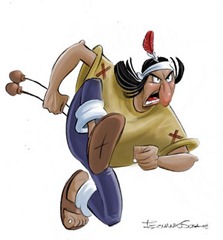 Patoruzú, created by Dante Quinterno in 1928, is one of the most important and influential cartoon Argentina.
Patoruzú, created by Dante Quinterno in 1928, is one of the most important and influential cartoon Argentina.Born as a secondary character in two short-lived comic strip, the chief Patoruzú-the last of the tehuelches, which the Spanish conquerors had seen at the time as giants endowed with prodigious strength-soon got his own comic, which would origin to the early sixties, one of the great landmarks of humor in Argentina.
Quinterno drew original stories intermittently for nearly forty years, and reprints were numerous. From the 40s and 50s of the twentieth century became one of the icons of popular culture Argentina.
 The identity of Patoruzú underwent several alterations in the early years.
The identity of Patoruzú underwent several alterations in the early years.It started as a humble character, taciturn and ignorant by a tutor porteño more education; initial cartoons used this contrast to highlight the parallel difference in attitudes between the malicious guardian, which would eventually lead to another character lasting, Isidoro Canyons, and the kind and naive apprentice tehuelche.
Without losing the moral versus schematic, then retocaría Quinterno history Patoruzú transforming into a powerful but benevolent landowner. His generosity with money and greed of the wicked would be most of the time axis of the dynamics of the stories.
Since the beginning had prodigious strength, which would be supplemented in the course of its evolution with other superhuman senses and abilities, especially the fierce, super speed and smell. Patoruzú is the first superhero comic world.
The naive representation of indigenous status, their extreme nationalism and racism that manifested patent scarce foreign characters have been criticized in the comic strip has also criticized the simplicity of its plot, and the use of force and stereotyped money as a solution to problems.
Therefore, it has sometimes been close to the ideals of the military governments since 1930-strips that ambiguously praised the coup by General José Félix Uriburu against the constitutional government of Hipólito Yrigoyen-to-seventies when the bloody dictatorship in Argentina (1976-1983) took the pet home. In recent years, however, has been welcomed Magazine its influence on national cartoon, and the elegant simplicity of its design.
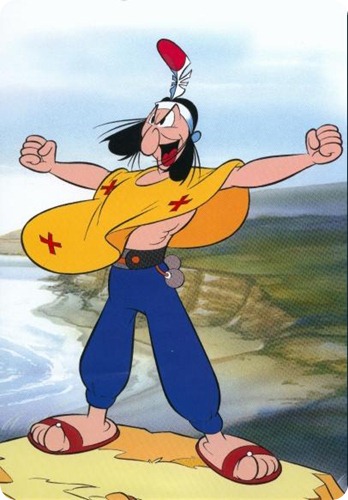
Dante Quinterno first introduced Patoruzú forward in a strip published in the journal Critique, called The Adventures of Don Gil Contento, formerly A porteño optimistic, whose protagonist was the title role; Quinterno had announced his arrival for two days through notices published together to the strip, which read:
"Don Gil Contento adopt the Indian [sic]-Curiguagüigua Curugua."
The newspaper's editor, Carlos Sáenz Peña Muzio, who seems to have been suggested to change the name to something more euphonious, his comment that "it must be something Creole and catchy, like licorice paste" (a popular sweet at the time ) gave rise to the name definitivo.2 In the strip, the change was explained by the same Gil Contento, who told him rebautizaría Patoruzú "because his name will descoyuntaba jaws."
In what would be the only appearance of Patoruzú in Review, he arrived in Patagonia accompanied by an ostrich, Carmela, occurrence in Buenos Aires the "last of the giants tehuelches" was explained by the death of his mentor and boss, Uncle Don Gil, who posthumously gave in to it. Little could develop the story, given the ephemeral nature of the strip, but this first episode of the much anticipated upcoming plot.
Patoruzú was as idiosyncratic, naive and noble Don Gil spends most of the 17 vignettes of this first issue to explain the operation of electricity, public transport and table manners, but, on learning that has Patoruzú in addition to your pet, a bag of gold coins, try to stay with them, explaining that in Buenos Aires "are useless."
His attempt failed, he laments that gold is in the hands of such ignorant and anticipates the adventures of Isidoro Canyons, godfather of tehuelche in final form, that constantly tries to exploit the generosity of it to finance their sprees.
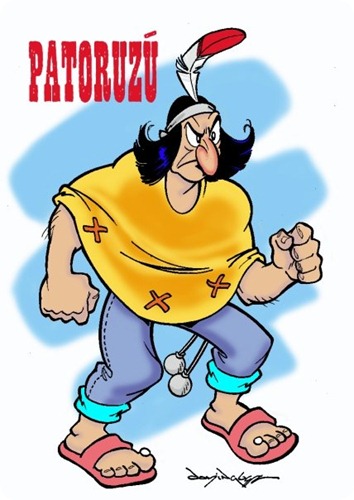
If you liked this article, subscribe to the feed by clicking the image below to keep informed about new contents of the blog:

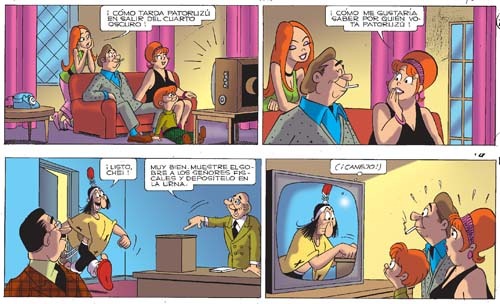
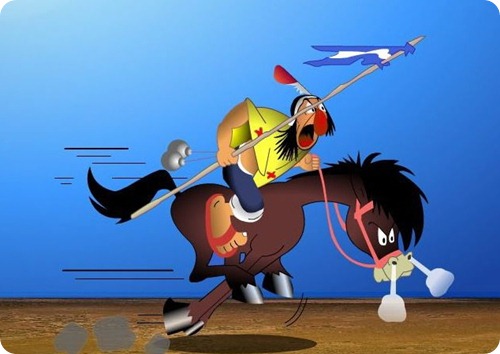
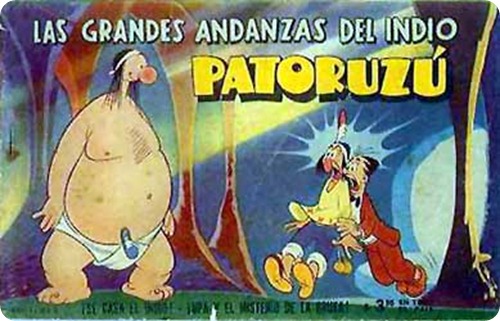
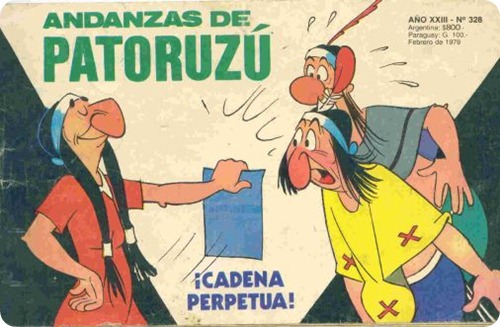
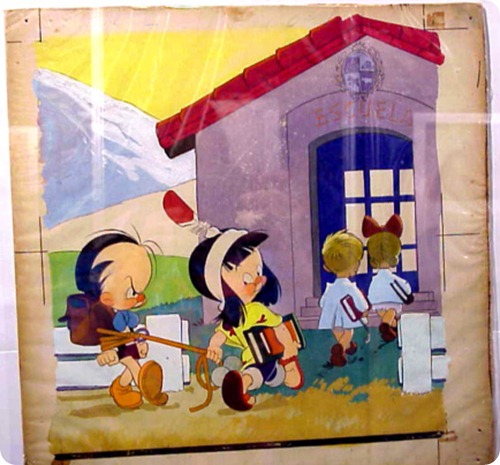
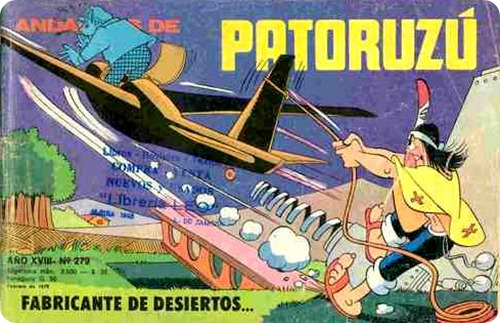


Comments
Post a Comment
Do not insert clickable links or your comment will be deleted. Check the Notify me notifications to be notified via email of new comments. If I helped you with the post or with the answers to the comments, share on Facebook or Twitter. Thank you.